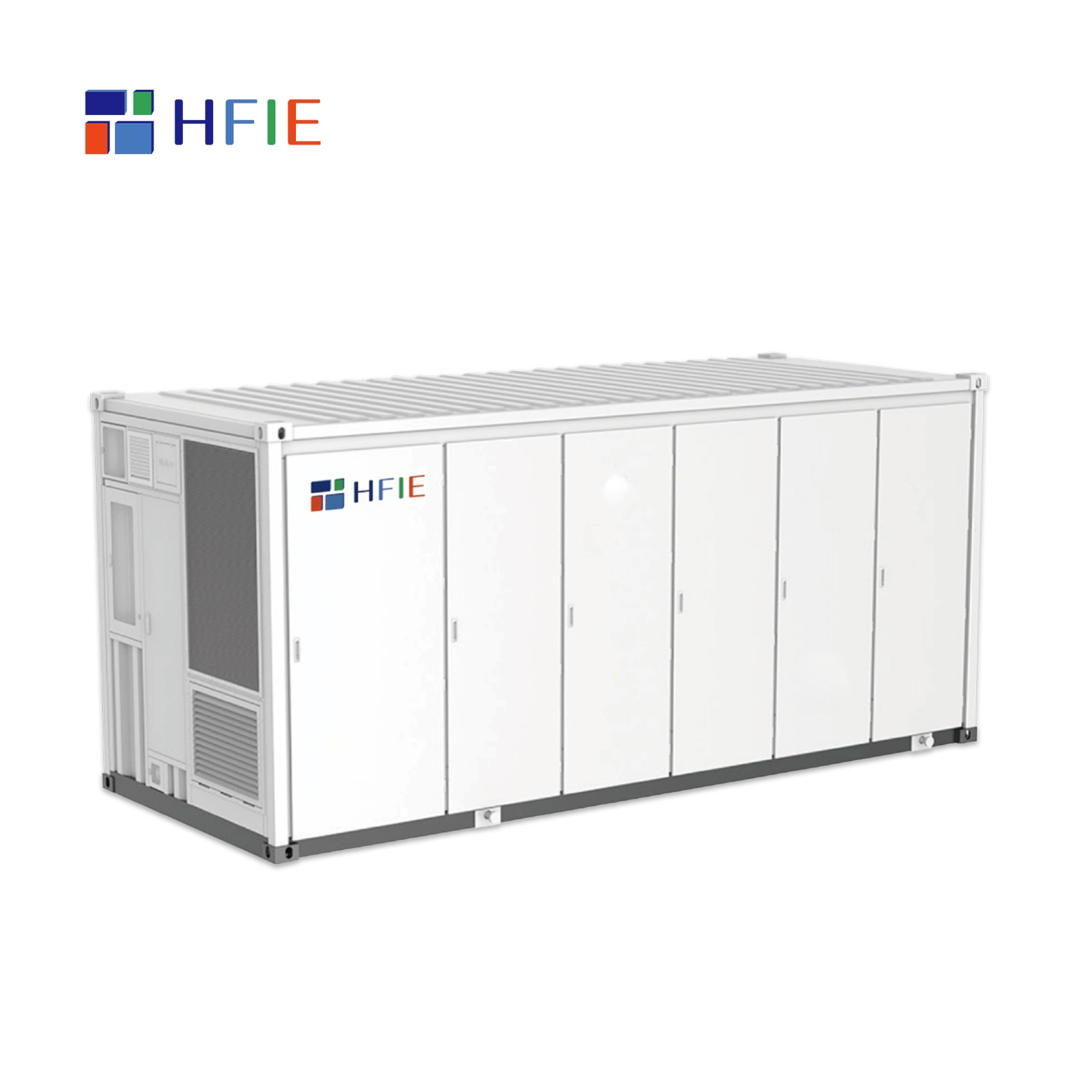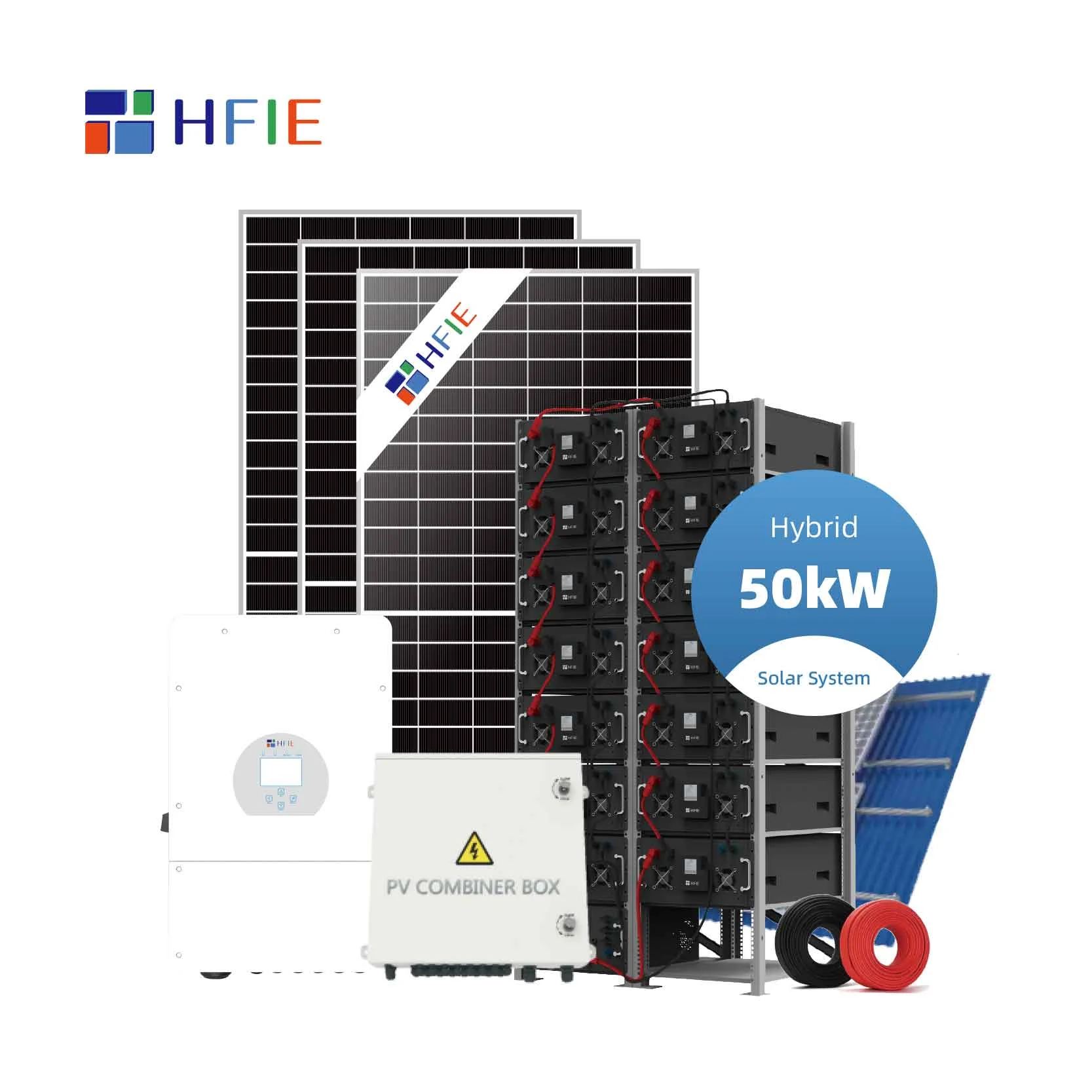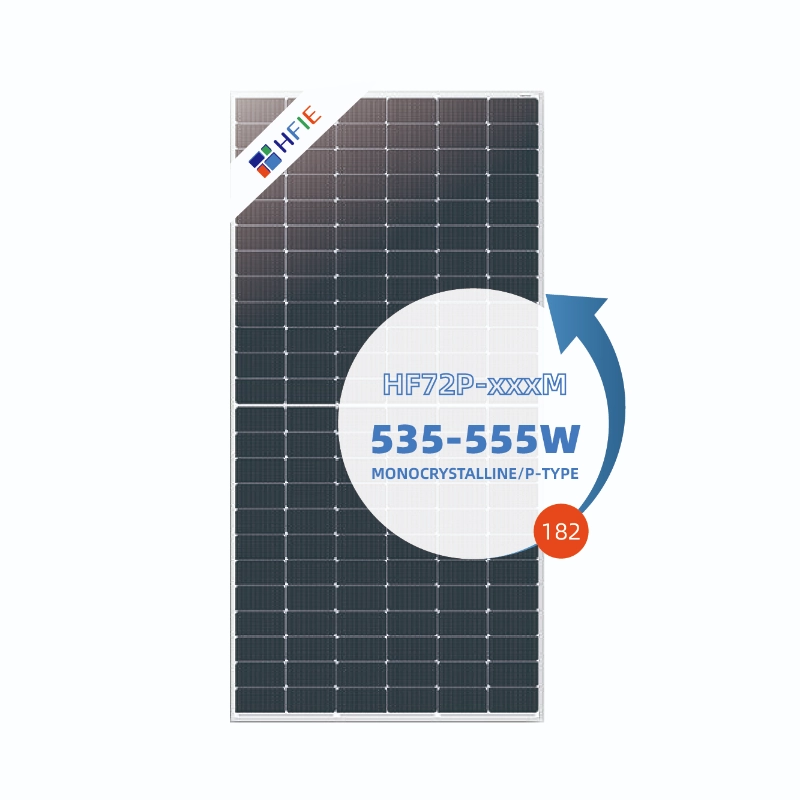A. Market Growth Driven by Dual-Carbon Goals
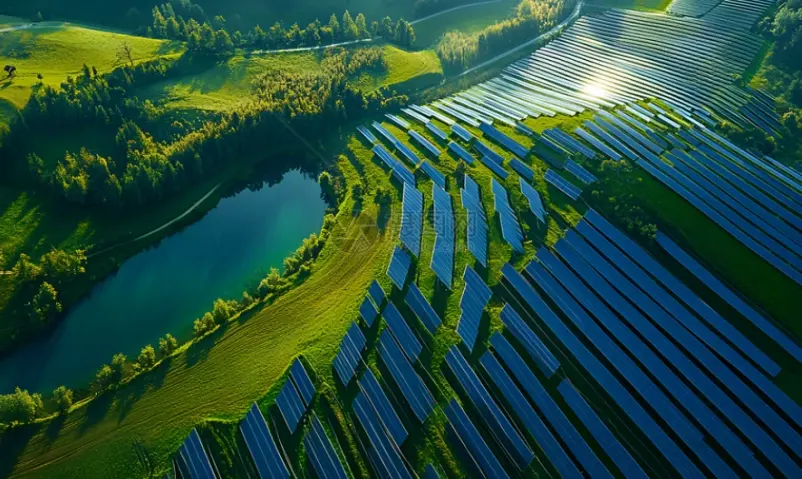
As of Q1 2025, China’s photovoltaic (PV) energy storage industry has entered a period of accelerated growth, driven by national “dual-carbon” goals—peaking carbon emissions by 2030 and achieving carbon neutrality by 2060. According to data from the National Energy Administration, newly installed PV capacity reached 45.74 GW in the first quarter of 2025, representing a year-on-year increase of 35.6%. Concurrently, cumulative installed energy storage capacity exceeded 35 GW, with lithium-ion battery storage accounting for over 85% of total new deployments.
B. Key Provinces Lead in Deployment
Shandong, Inner Mongolia, and Gansu have become major hubs for large-scale PV-storage integration projects. In Shandong alone, over 3.2 GW of PV capacity paired with energy storage systems was approved in Q1 2025. Inner Mongolia’s “source-grid-load-storage” pilot projects have also seen significant progress, with a single project in Ordos integrating 1 GW of PV capacity with 400 MWh of energy storage.
C. Declining Costs Improve Project Viability
According to the China Energy Storage Alliance (CNESA), the average cost of lithium-ion energy storage systems dropped to 1.15 yuan/Wh in early 2025, down from 1.45 yuan/Wh in early 2024. The cost reduction is attributed to the scale-up of production, improved battery chemistries (notably LFP—lithium iron phosphate), and policy incentives. This cost decline has significantly improved the financial viability of utility-scale PV-storage hybrid systems.
D. Policy Support Accelerates Industry Maturity
The National Development and Reform Commission (NDRC) and the National Energy Administration jointly issued a new policy in March 2025 requiring that all newly approved centralized PV power stations include at least 15% of rated power in energy storage, with a minimum duration of 2 hours. Local governments, such as those in Jiangsu and Guangdong, have rolled out complementary subsidies ranging from 0.1 to 0.3 yuan/kWh for stored energy dispatched during peak hours.
E. Leading Enterprises Expand Production Capacity
Major Chinese companies including CATL, BYD, and Sungrow have rapidly expanded their energy storage product lines. CATL inaugurated a new 20 GWh storage battery factory in Yichang in February 2025. BYD’s energy storage subsidiary reported a 120% increase in Q1 2025 shipments year-on-year, totaling 6.4 GWh. Meanwhile, Sungrow announced the launch of its next-generation liquid-cooled storage system with improved thermal efficiency and longer cycle life.
F. Overseas Expansion Becomes a New Growth Engine
In addition to domestic growth, Chinese PV-storage enterprises are accelerating their expansion overseas. Data from the China Chamber of Commerce for Import and Export of Machinery and Electronic Products (CCCME) indicates that Chinese energy storage exports reached $4.6 billion in Q1 2025, up 87.3% from the same period last year. Key export destinations include Europe, Southeast Asia, and South America, where demand for renewable integration and energy security is rising. Notably, Sungrow secured a 200 MWh contract in Brazil, and BYD has begun construction on a 5 GWh energy storage assembly plant in Vietnam.
G. Challenges and Outlook
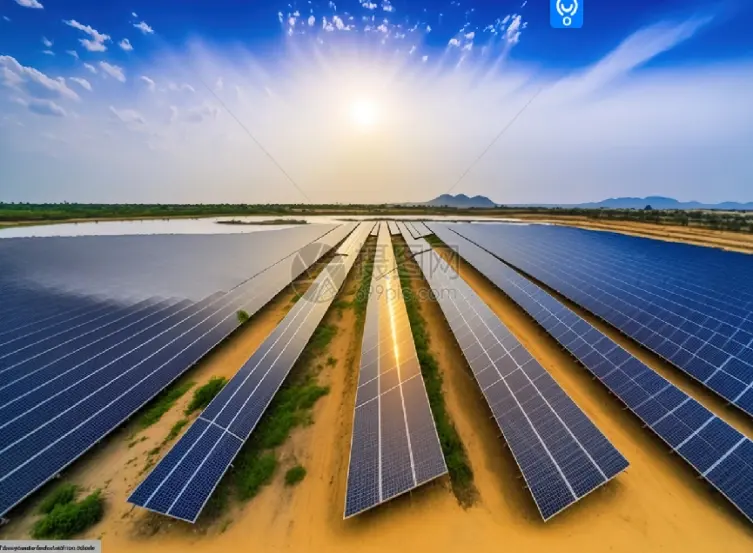
Despite rapid growth, challenges remain in grid integration, peak shaving economics, and long-term battery degradation. Experts from the State Grid Energy Research Institute highlight the need for advanced energy management systems (EMS) and updated grid codes to accommodate two-way power flows. However, with continued technological advancement and supportive policies, China’s PV energy storage market is expected to exceed 100 GW of cumulative capacity by 2030, playing a crucial role in the country’s green energy transition.







